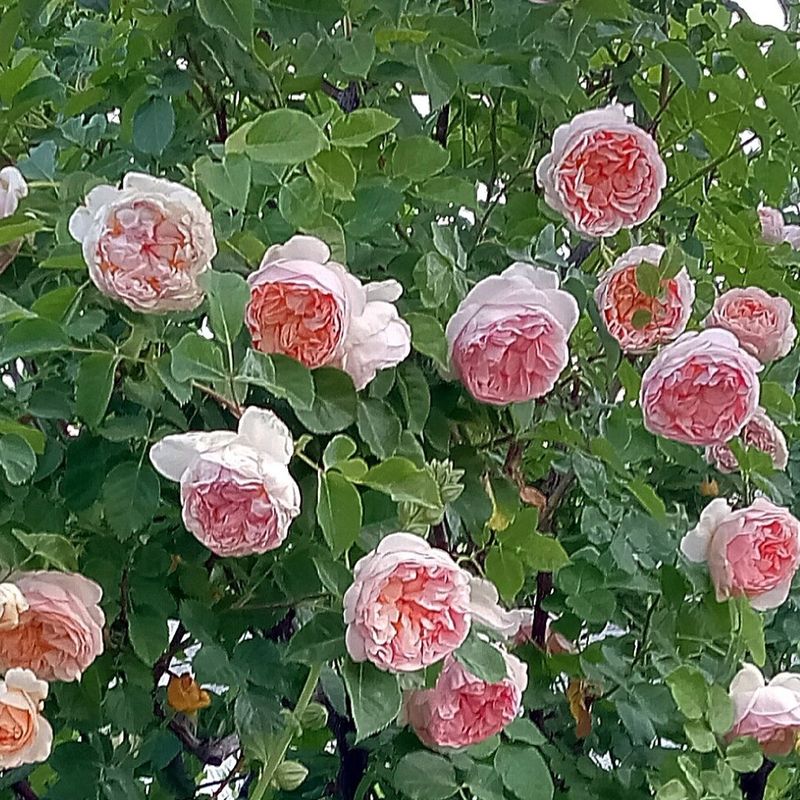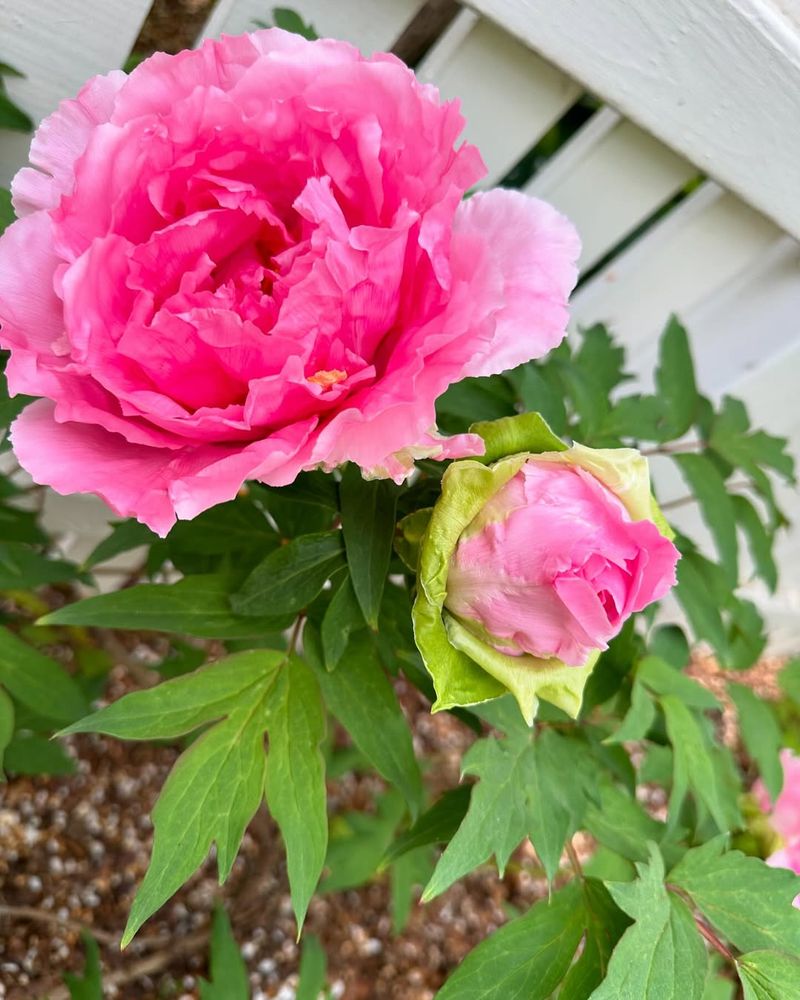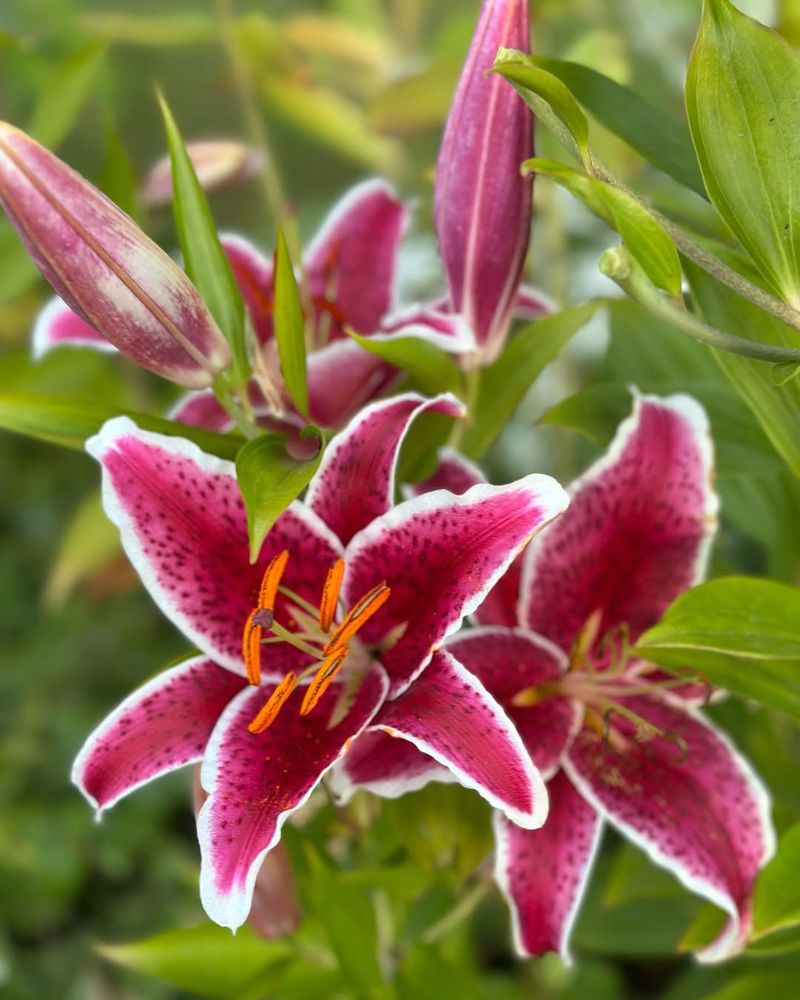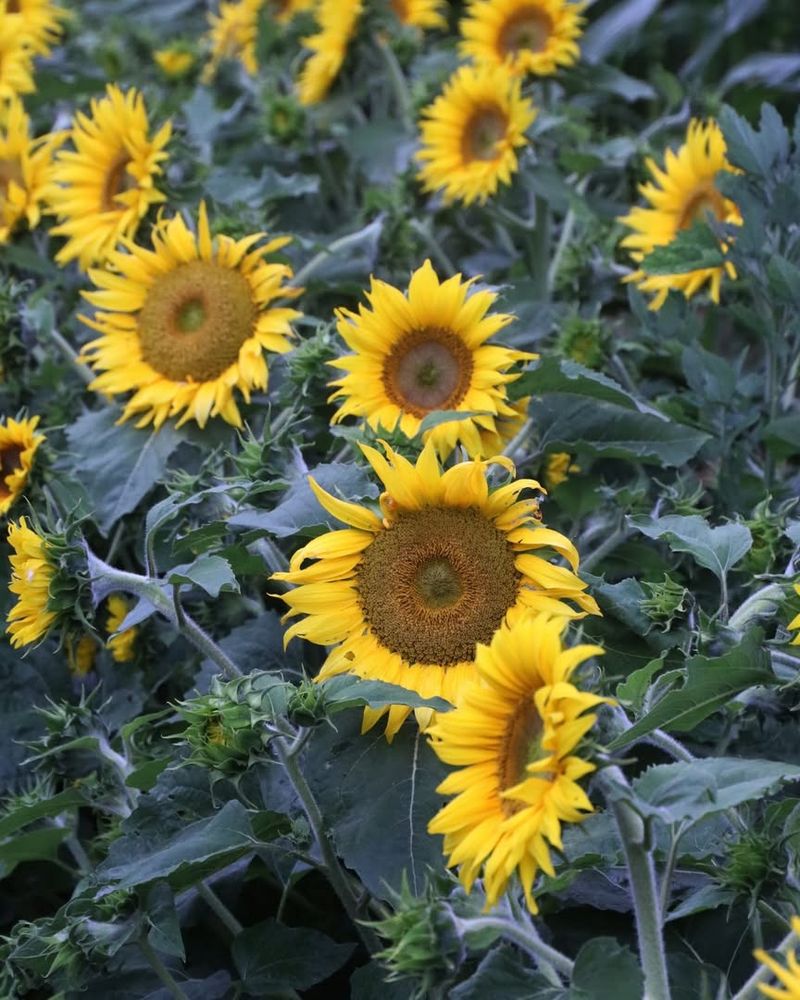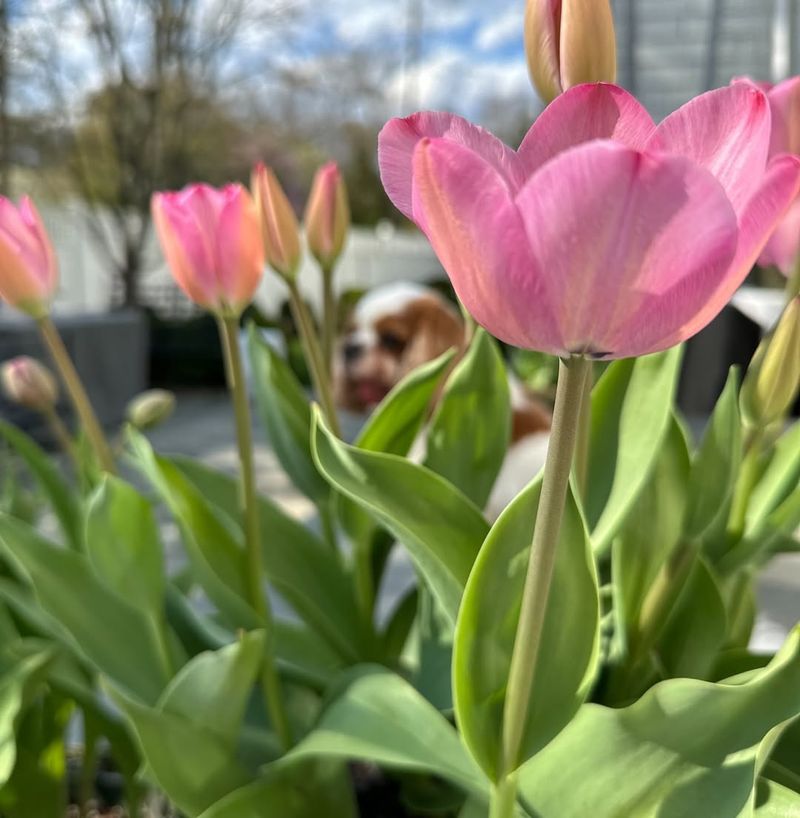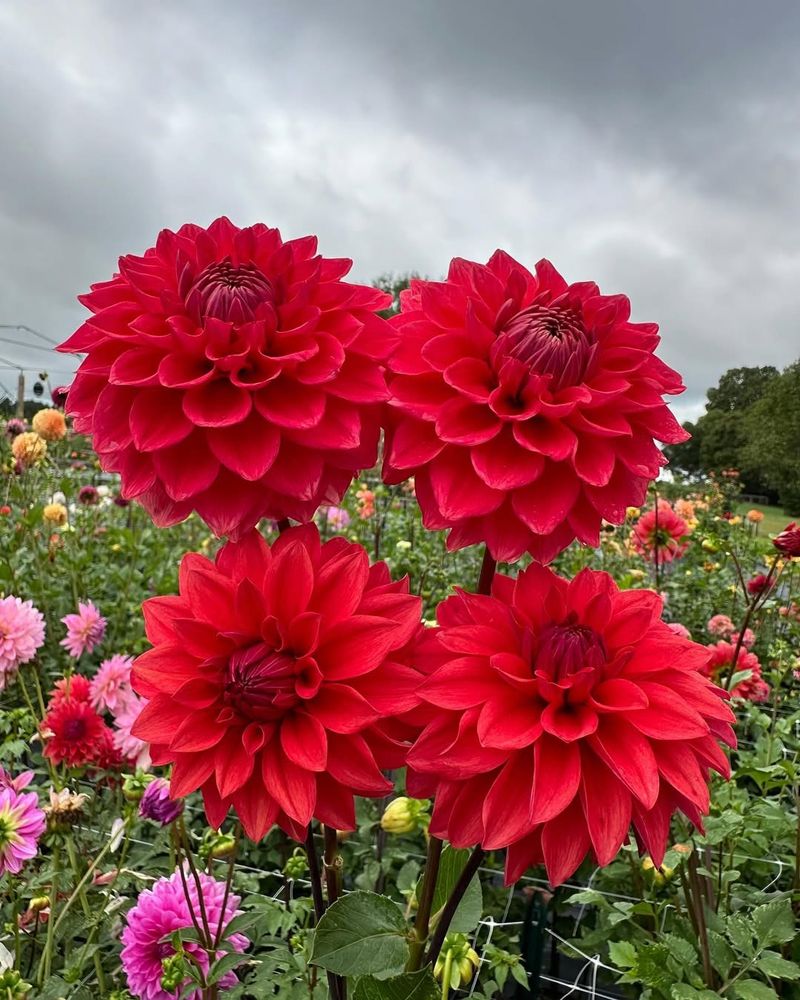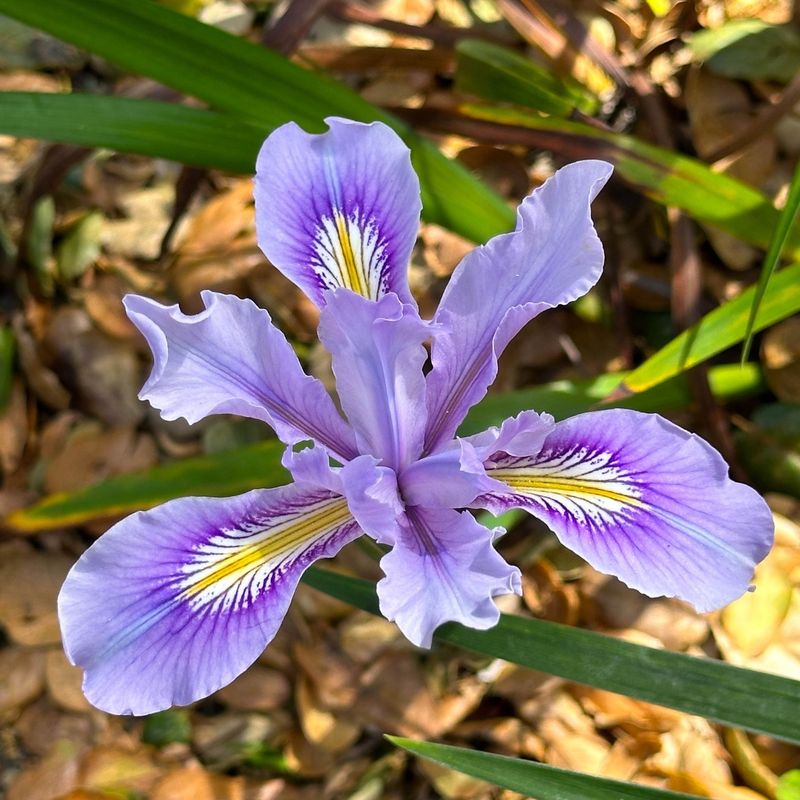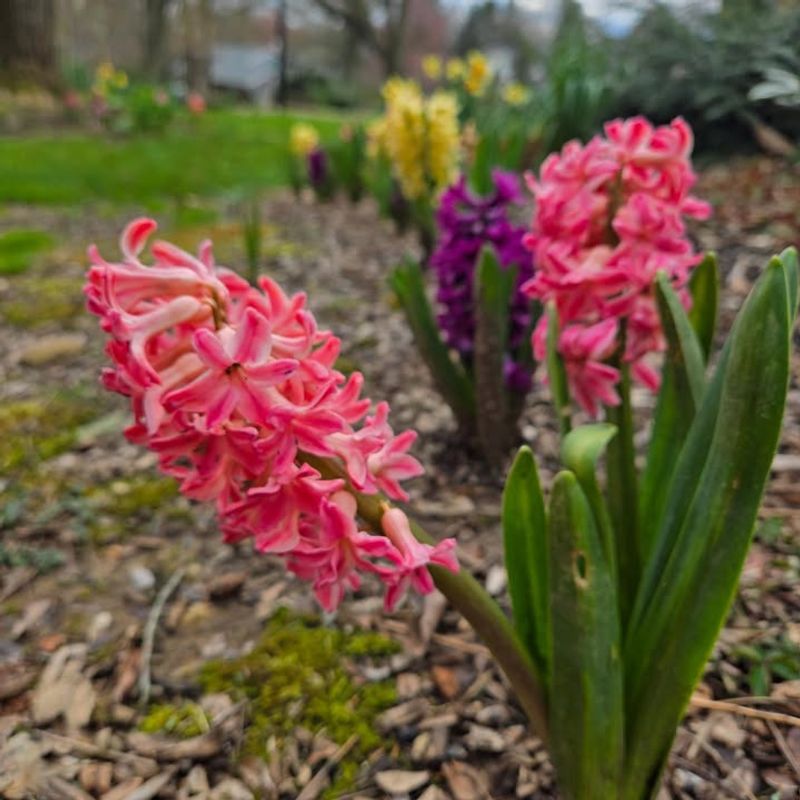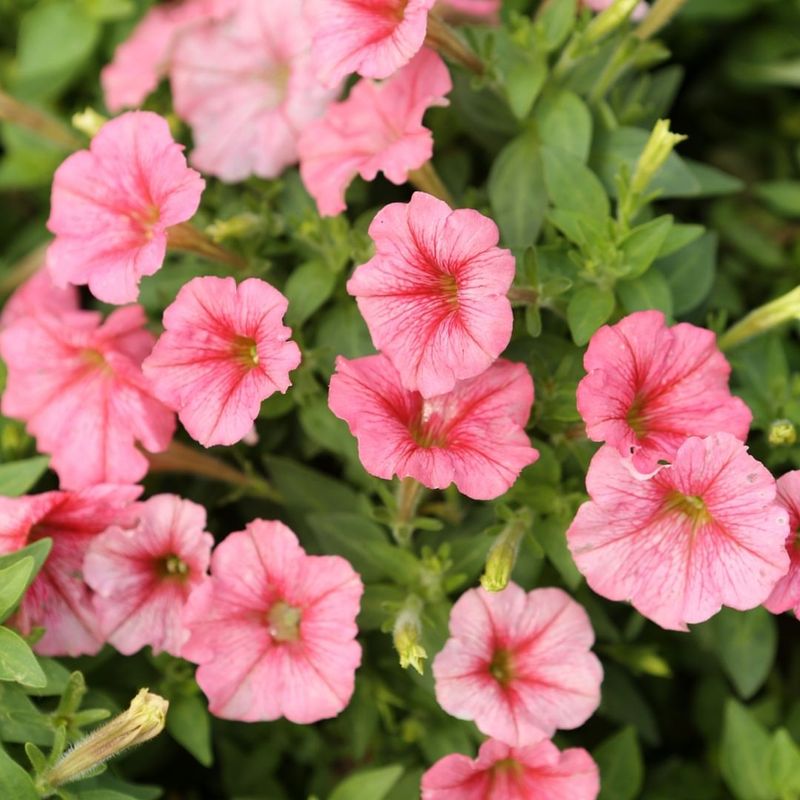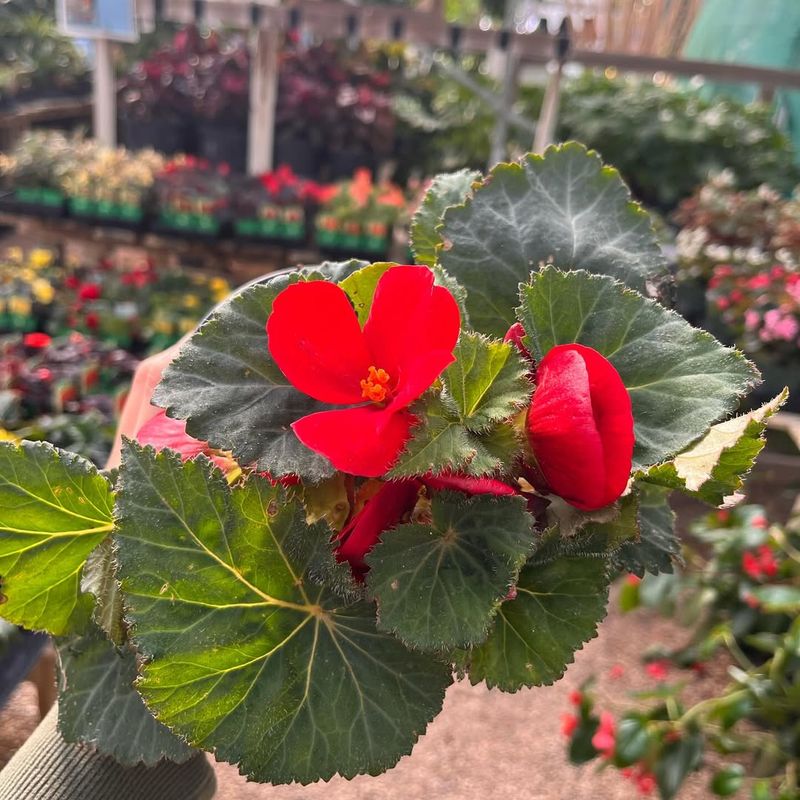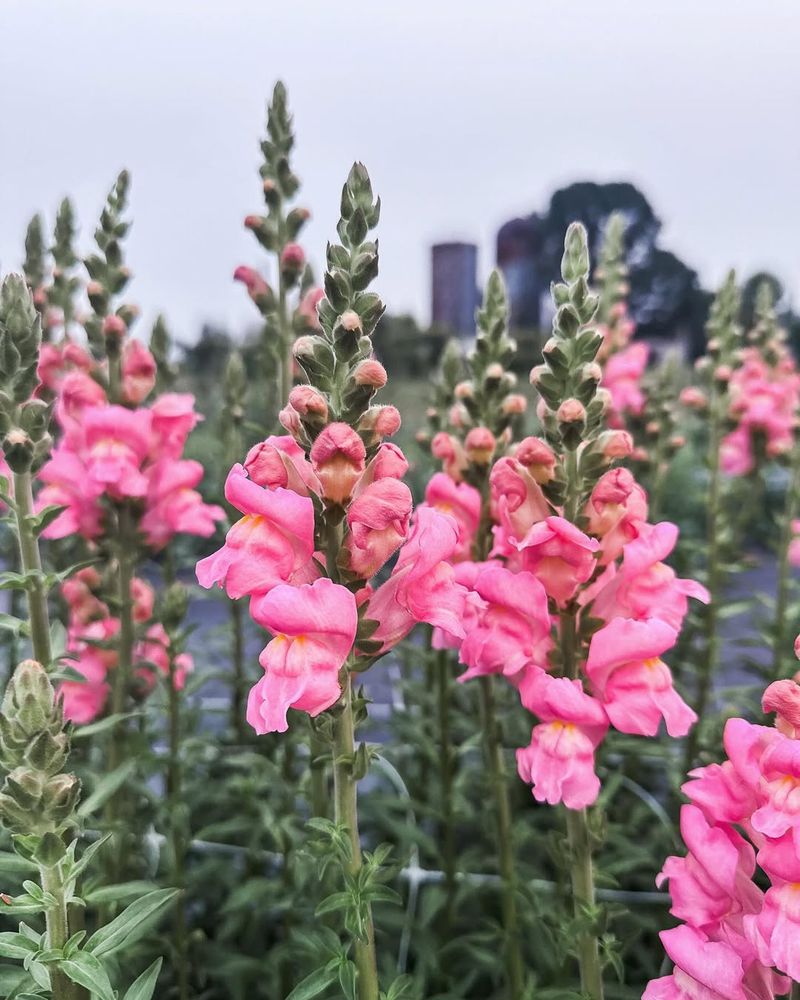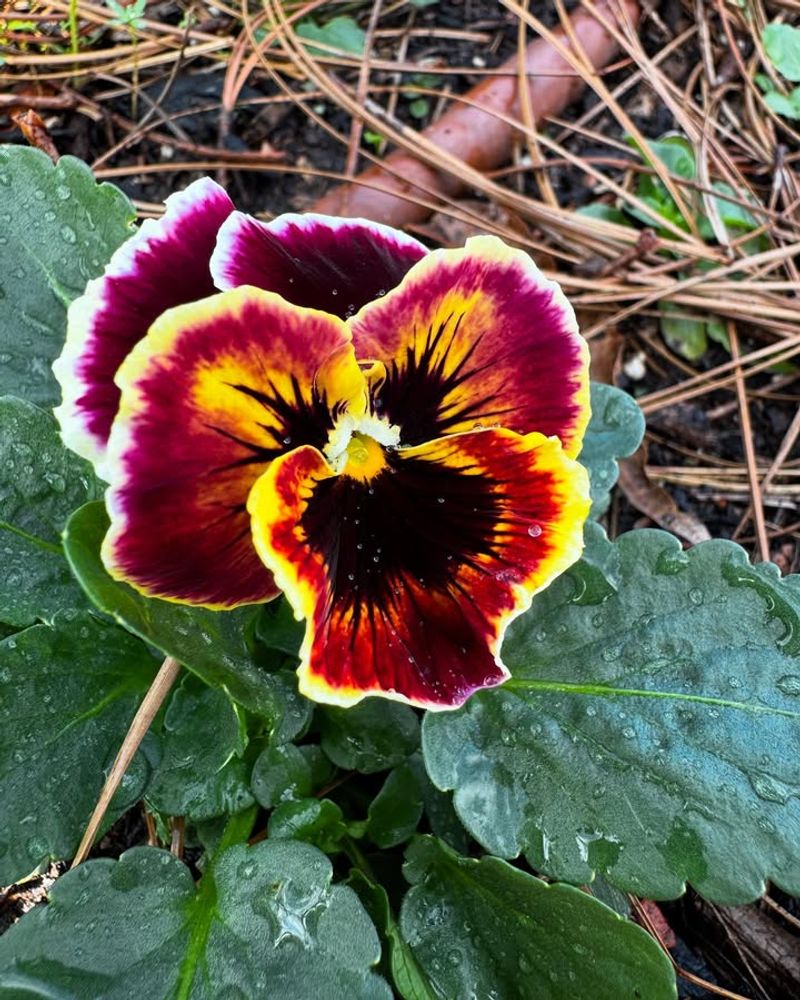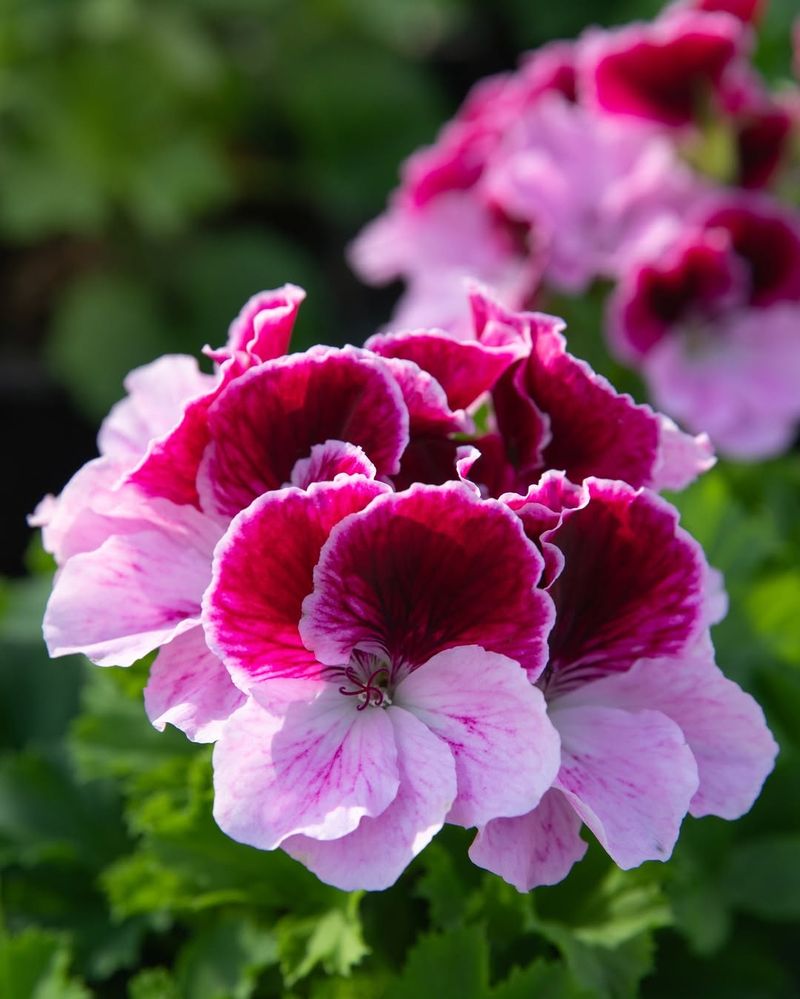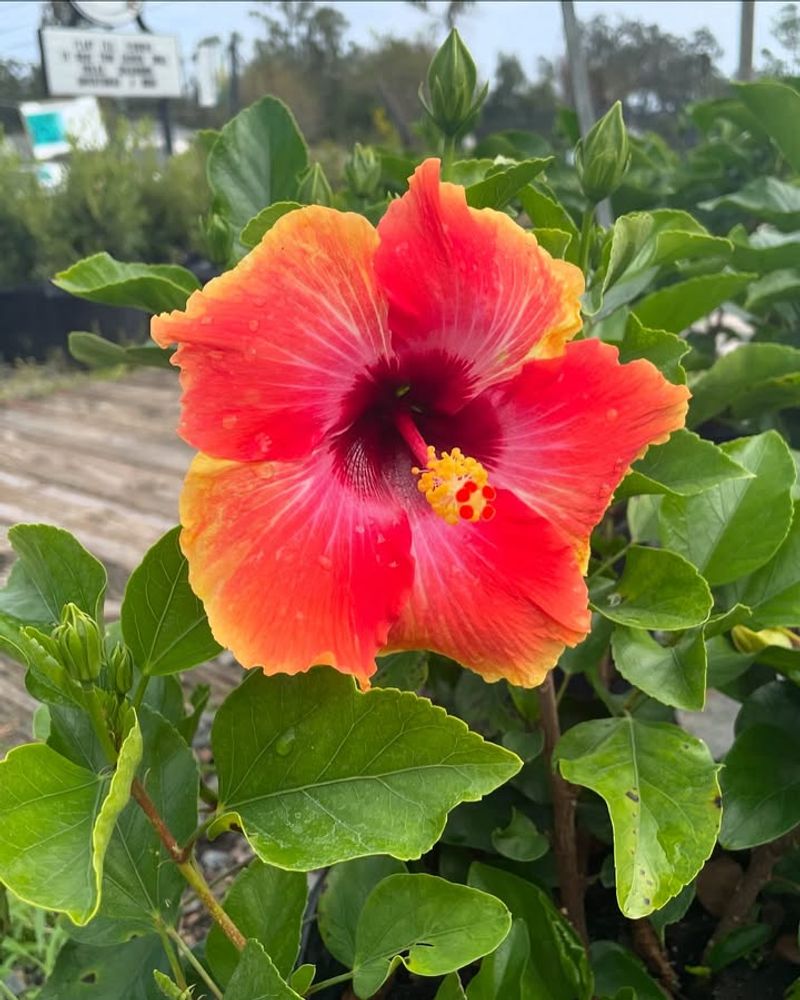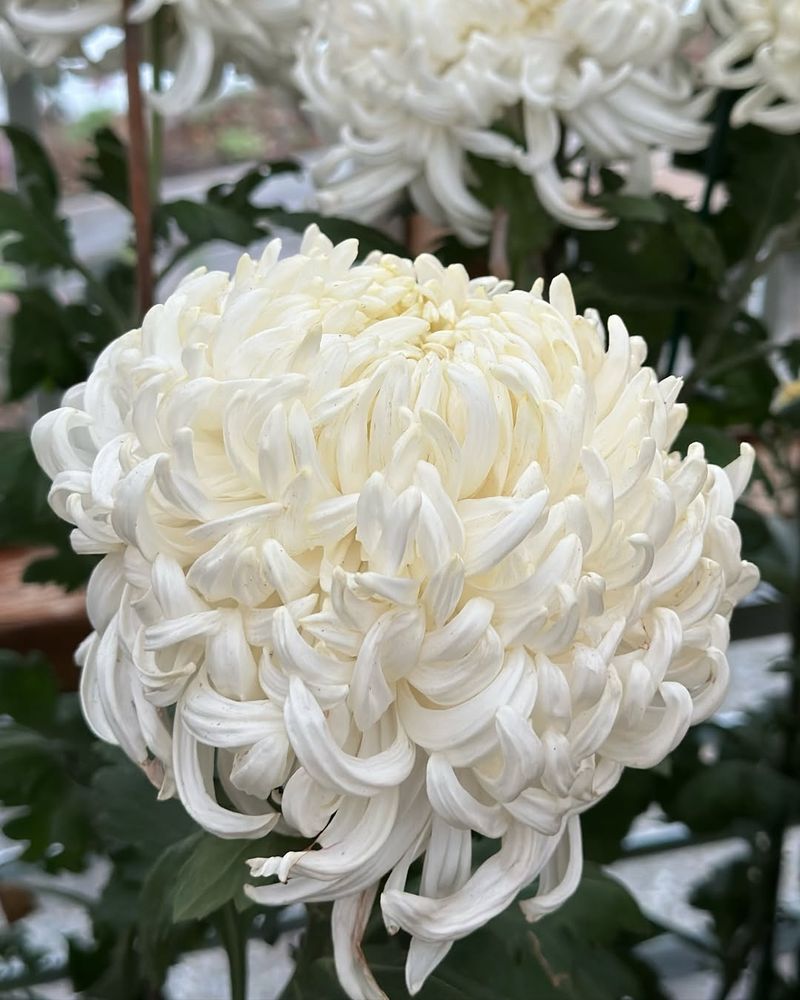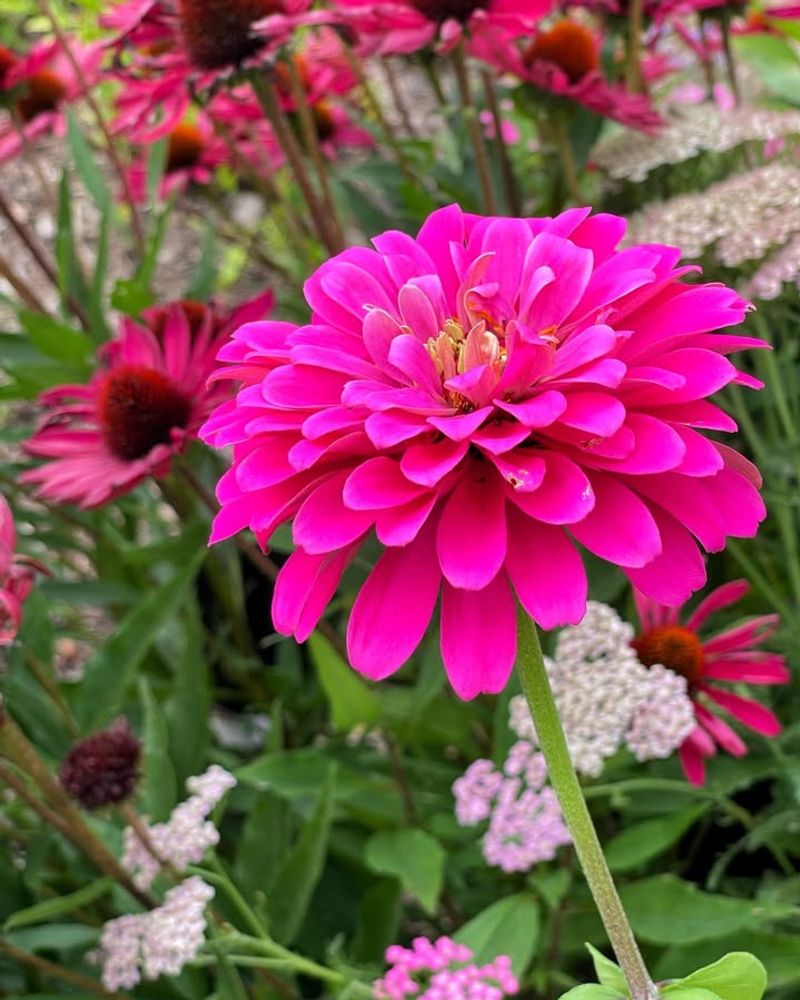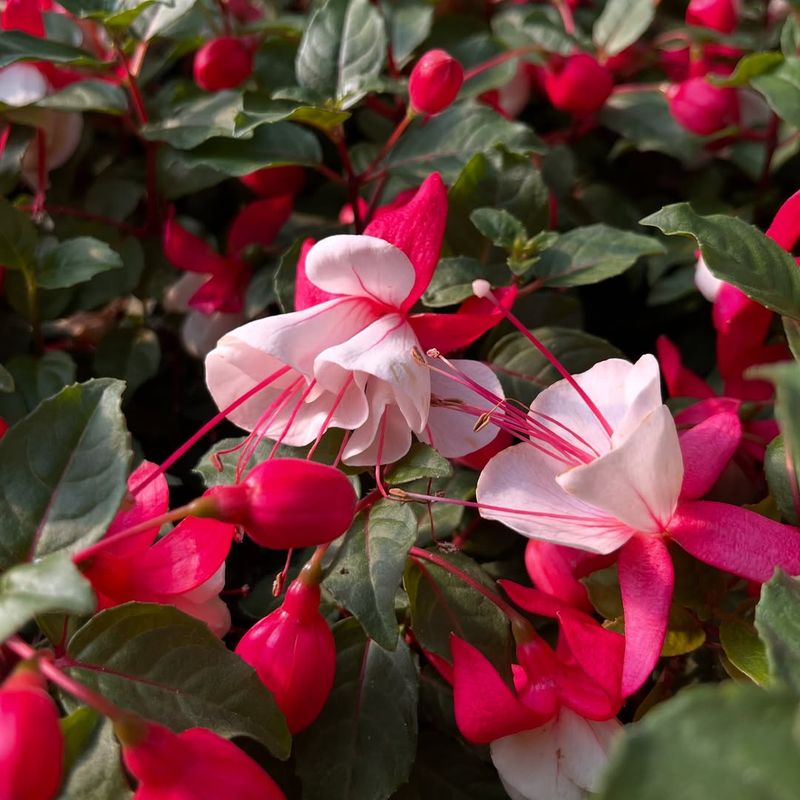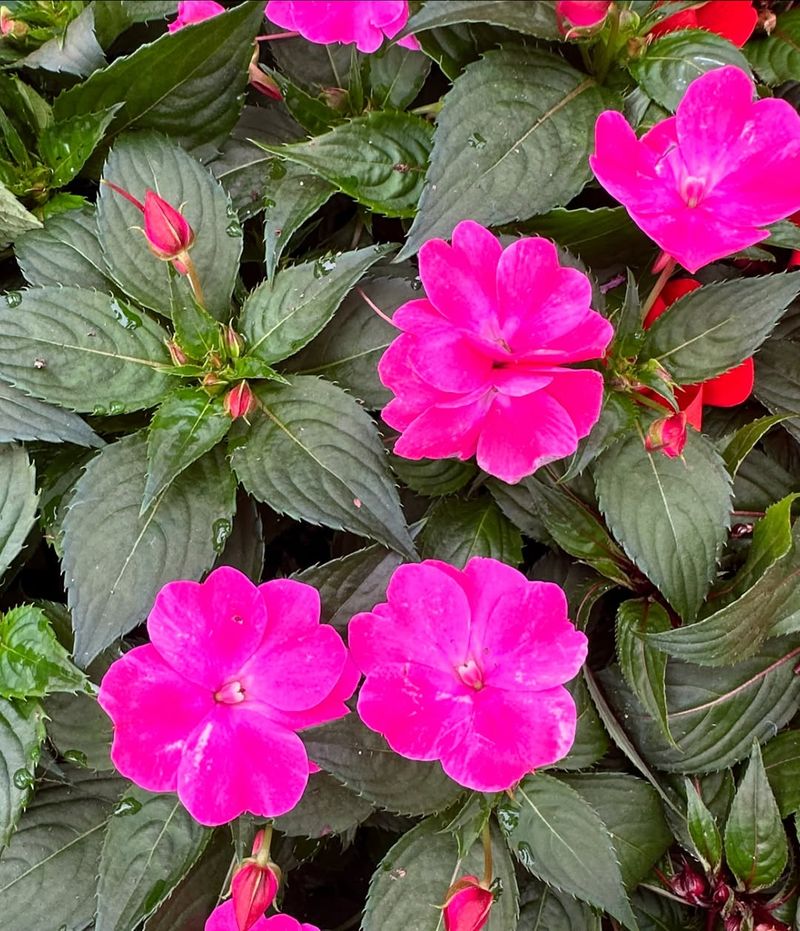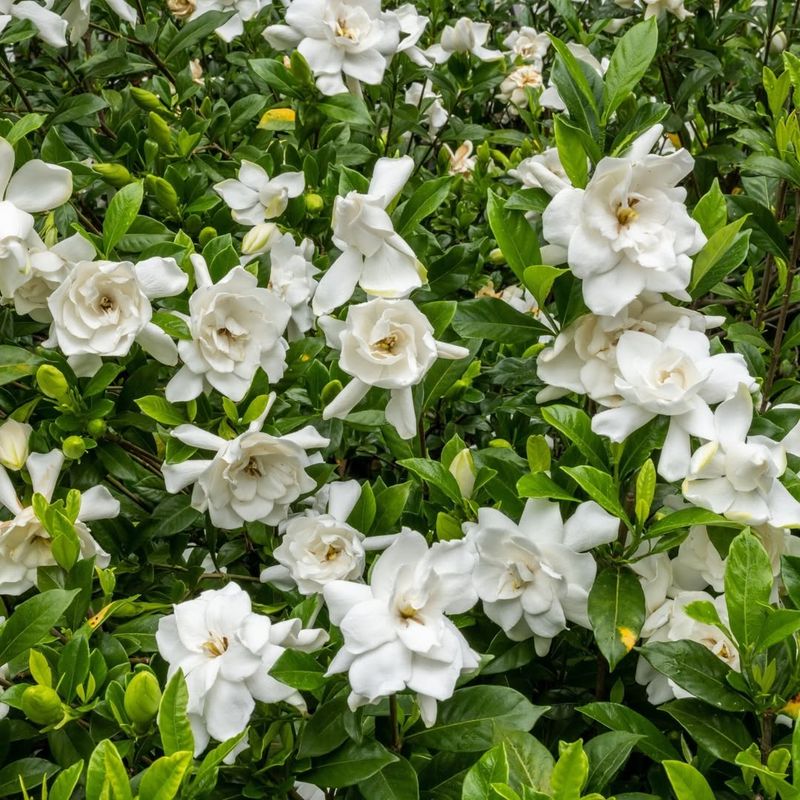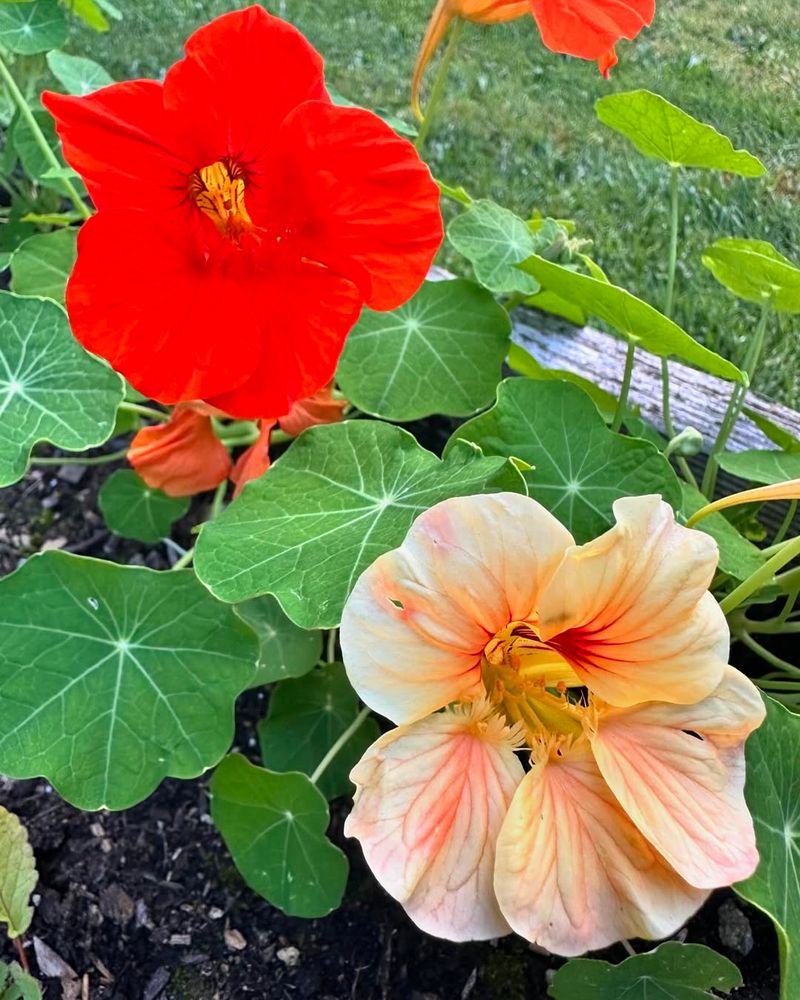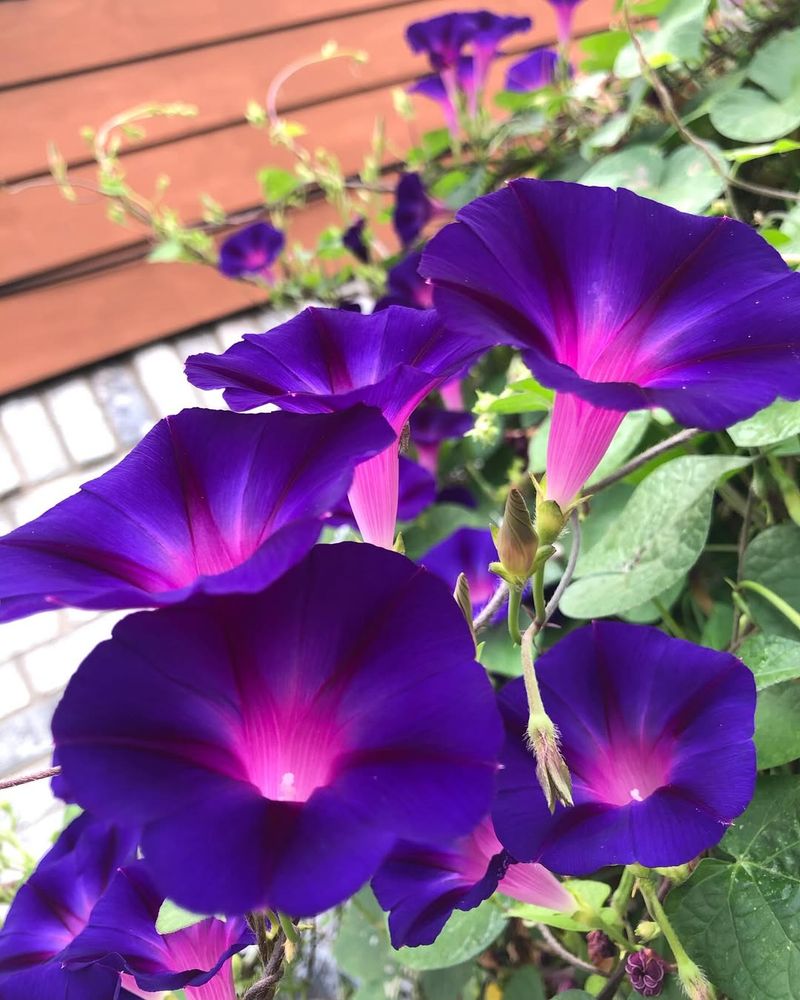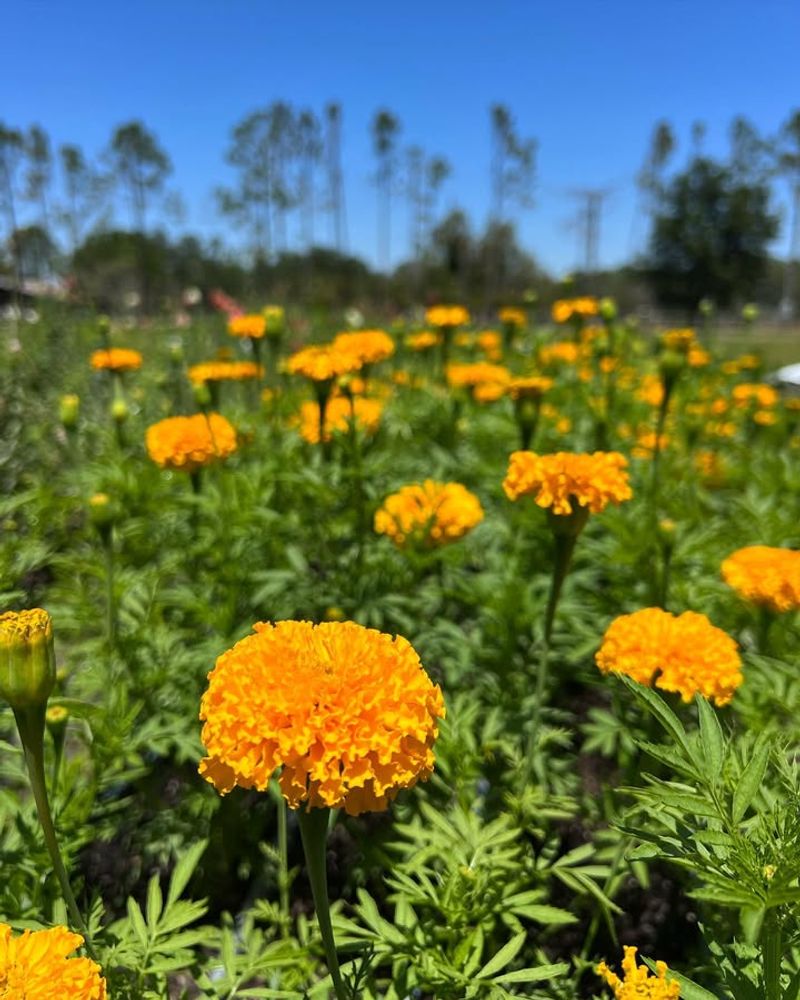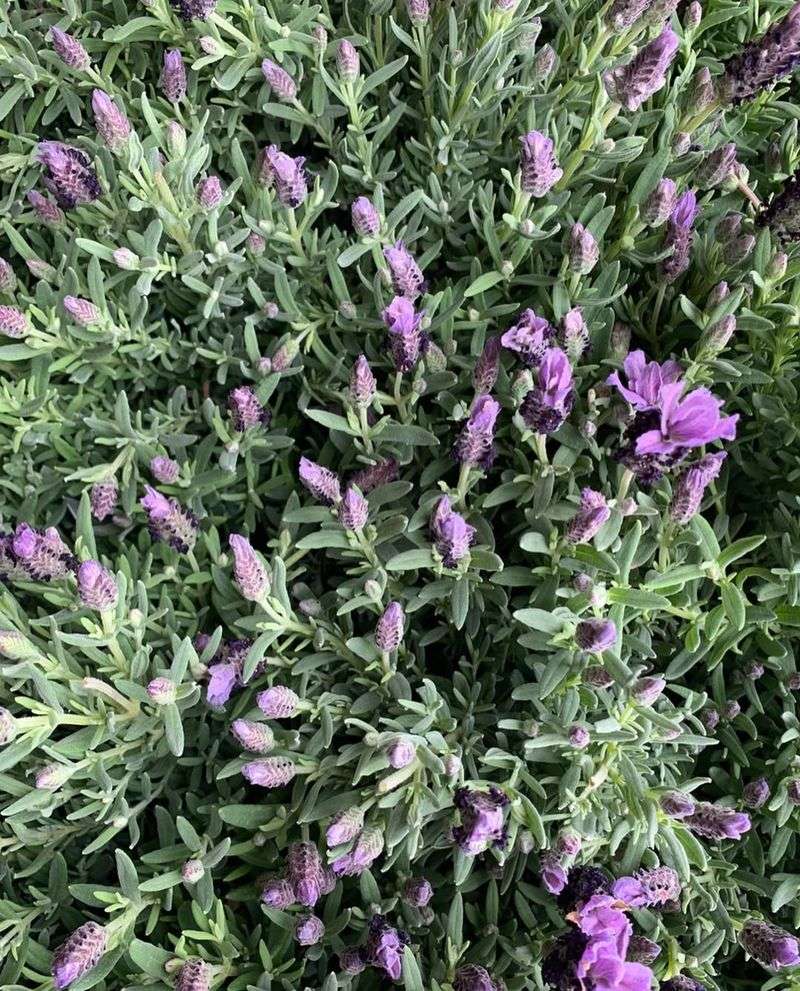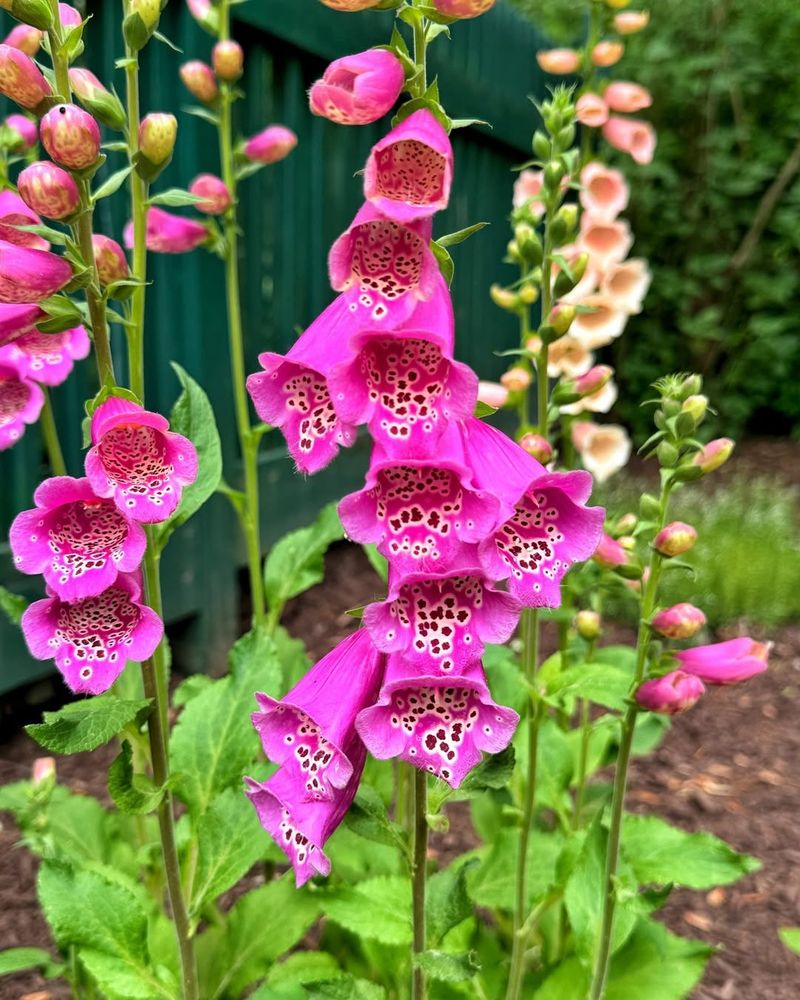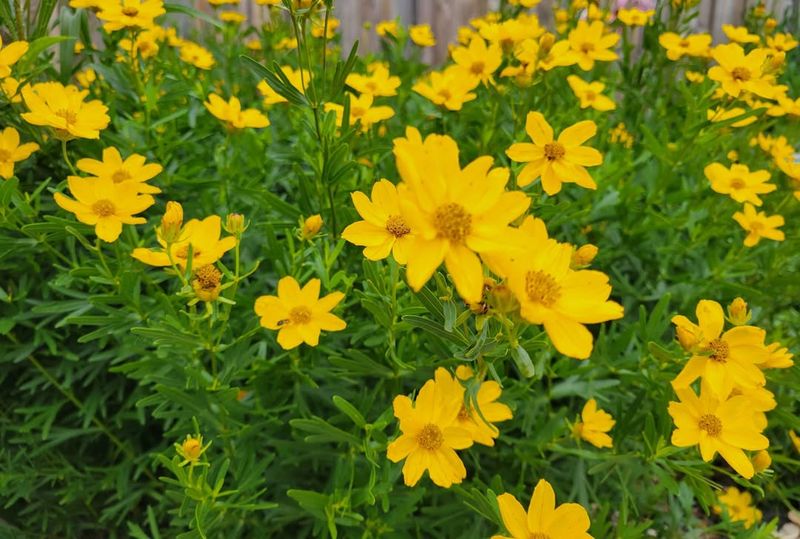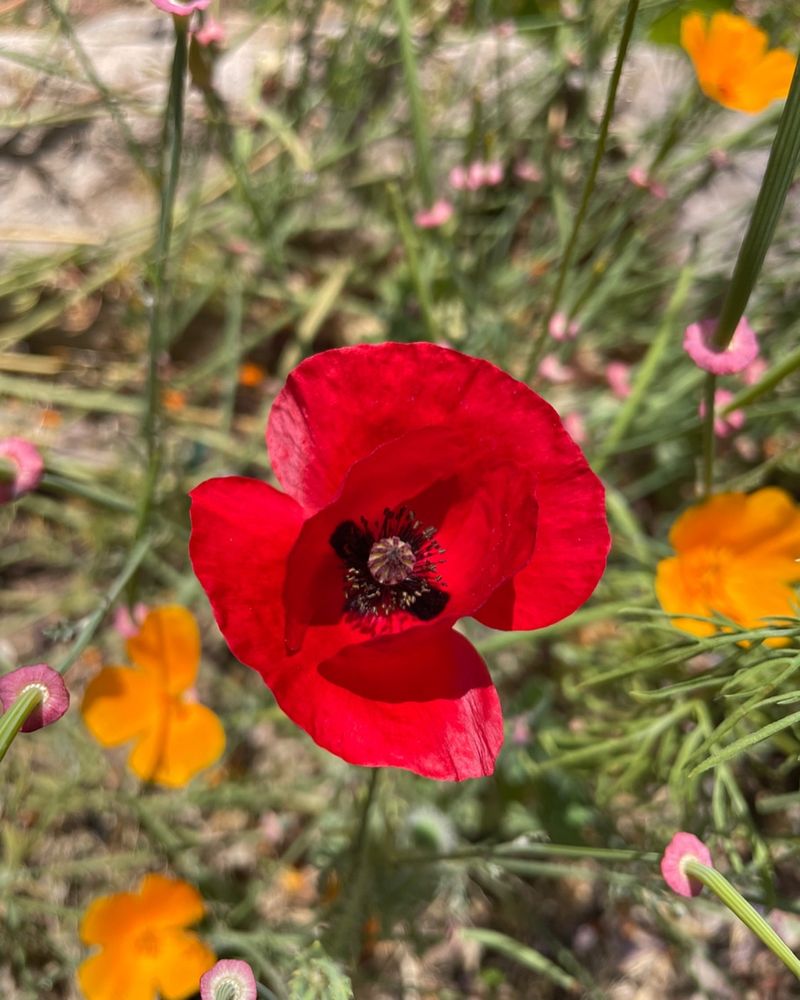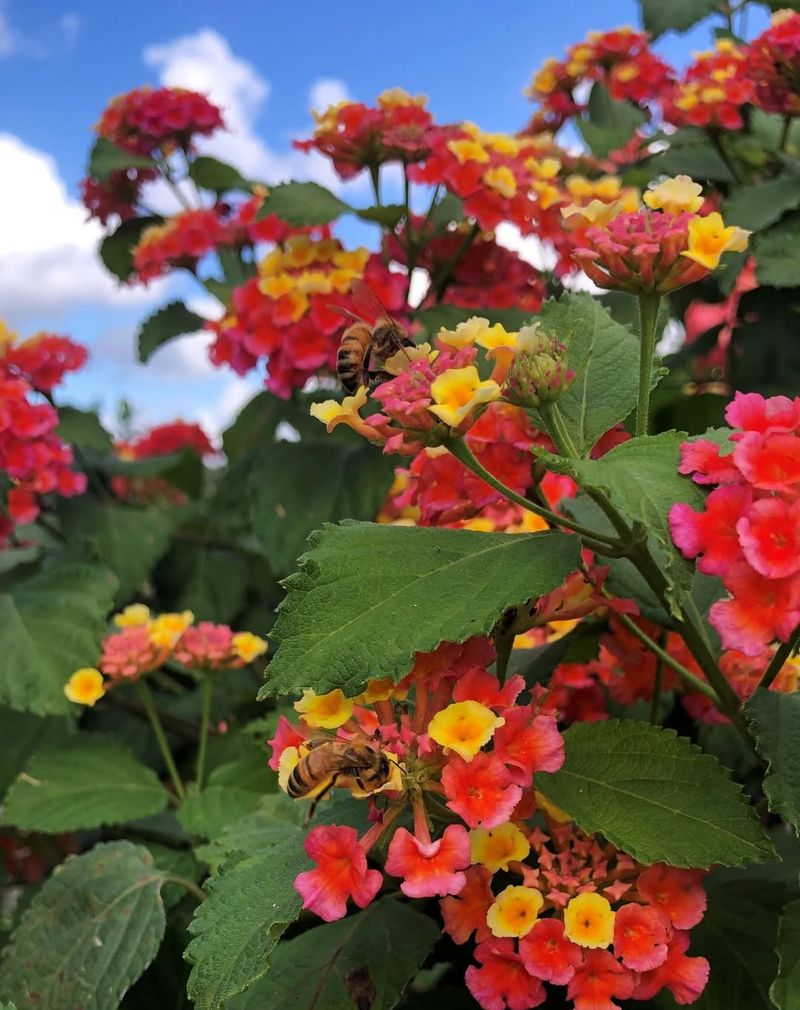Gardening is rewarding, but some flowers attract more than just admiration—they become a hotspot for pests. It’s frustrating when a gorgeous bloom turns into a magnet for aphids, beetles, or other unwanted guests. Swapping out pest-prone flowers for better alternatives makes a huge difference.
Instead of marigolds that attract spider mites, try chrysanthemums, which naturally repel insects. Love dahlias but hate the slugs? Zinnias offer the same bold color without the risk. Choosing the right plants keeps your garden vibrant without the constant fight against pests.
1. Roses
These iconic blossoms often lure aphids, damaging their lush foliage. Roses need careful monitoring to prevent infestations. Regular checks will keep your blooms healthy and vibrant. Instead, opt for marigolds. Their scent deters many pests, ensuring your garden stays pest-free. Plus, they’re easy to grow and add a splash of color.
2. Peonies
Large, fragrant blooms make peonies a favorite, but they also invite ants. These pests are drawn to the nectar, causing a sticky mess. Monitoring is essential to keep them at bay. Consider planting lavender instead. Not only is it less attractive to pests, but it also offers a soothing aroma. Lavender is hardy and a lovely alternative.
3. Lilies
Their stunning petals are a magnet for beetles, which can quickly defoliate your lilies. Beetles enjoy munching on the leaves, leaving holes and damage. Try planting daffodils, which are rarely troubled by pests. They are stunning yet resilient. Plus, their bulbs multiply easily, ensuring a full display every spring.
4. Sunflowers
These towering plants are loved by birds, which can strip them bare. Birds feast on the seeds, leaving your sunflowers looking ragged. Instead, plant zinnias. They attract beneficial insects while keeping seed-eating birds away. Zinnias are vibrant and easier to maintain, making them a gardener’s delight.
5. Tulips
Tulips are adored for their colors but attract slugs that can ruin their beauty. The cool, damp soil makes an ideal home for these pests. Try snowdrops instead. They are less tempting to slugs and provide a similar burst of early spring color. Their delicate nature is both charming and robust.
6. Dahlias
Their vibrant blooms draw in earwigs, which feed on their petals. Earwigs can leave unsightly holes in your dahlias. As an alternative, plant geraniums. These flowers are less appealing to earwigs and flourish in similar conditions. Their wide array of colors will brighten any garden.
7. Irises
Moths find irises irresistible, often laying eggs on their leaves. The larvae then feast, causing significant damage. Choose salvias as a resilient option. They are less attractive to moths and come in various hues. Salvias thrive with little attention and deter many common pests.
8. Hyacinths
Hyacinths can easily host snails, which are attracted to their moisture-rich environment. Snails leave trails and ragged holes in their wake. Instead, plant anemones, which are less appealing to these pests. Anemones provide a similar burst of spring color without the snail issues. They’re pretty and practical.
9. Petunias
These bright blooms often fall victim to whiteflies, which suck the sap and weaken the plants. Their presence can lead to sticky leaves and stunted growth. For a pest-free alternative, try calendulas. They repel many harmful insects while offering a cheerful display. Calendulas are robust and easy to care for.
10. Begonias
While they are stunning, begonias often attract thrips. These tiny insects can cause considerable damage by feeding on the flowers. Consider coleus as a replacement. Thrips are less likely to attack coleus, and it offers beautiful foliage. With its diverse colors and patterns, coleus is a garden favorite.
11. Snapdragons
Aphids are a common issue for these charming flowers. They can quickly spread and damage the snapdragons. Instead, plant nasturtiums. These vibrant flowers are less appealing to aphids and can even deter them. Nasturtiums are both attractive and functional, enhancing any garden.
12. Pansies
Caterpillars find pansies delicious, often chewing through the leaves. This can leave your plants looking ragged and unhealthy. Choose violas as a pest-resistant alternative. They are similar in appearance but hardier. Violas can withstand pest attacks and thrive with minimal care.
13. Geraniums
These popular flowers can suffer from whitefly infestations, which drain their vitality. Whiteflies are small but troublesome. Opt for pelargoniums instead. They are closely related but more resistant to pests. Pelargoniums provide the same bright blooms without the hassle.
14. Hibiscus
Hibiscus is prone to mealybugs, which can cause severe damage. These pests feed on the sap, weakening the plant. Plant oleander as an alternative. It’s tougher and less attractive to mealybugs. Oleander thrives in similar conditions and offers a tropical flair.
15. Chrysanthemums
Spider mites can infest chrysanthemums, leading to weakened plants. Mites are tiny but can cause big problems. Consider asters, which are less appealing to these pests. They boast a similar look and are easier to maintain. Asters are a wonderful addition to any garden.
16. Cosmos
Aphids love the delicate structure of cosmos, often infesting buds and blossoms. This can stunt growth and diminish beauty. Instead, opt for coreopsis. It deters aphids while providing a bright and cheerful display. Coreopsis is resilient and enhances the garden without the pest woes.
17. Zinnias
Japanese beetles find zinnias irresistible, often feasting on their leaves. This leaves unsightly damage and can weaken the plant. For a beetle-resistant option, grow lantanas. They are hardy and less appealing to pests. Lantanas thrive in warm climates and add vibrant color to your garden.
18. Fuchsias
Aphids are regular visitors to fuchsias, causing sticky residues on leaves. This can attract further problems and weaken the plant. Consider planting ferns instead. They are a robust alternative and less appealing to aphids. Ferns provide lush greenery and are a low-maintenance option.
19. Impatiens
Thrips can cause significant harm to impatiens, leading to deformed and discolored leaves. These pests are tiny but destructive. Choose begonias as an alternative. They are less attractive to thrips and offer beautiful blooms. Begonias are versatile and thrive in shaded areas.
20. Gardenias
Scale insects often target gardenias, causing sap loss and weakening the plant. These pests are small but can be devastating. Try camellias instead. They are less prone to scale attacks and offer similar fragrant blooms. Camellias are perfect for adding elegance to any garden.
21. Nasturtiums
Caterpillars find nasturtiums delicious, often leaving them in tatters. This can ruin their vibrant display. Instead, plant calendulas. They are less appealing to caterpillars and provide a cheerful bloom. Calendulas are hardy and easy to grow, providing a pest-free garden.
22. Morning Glories
Leaf miners can severely damage morning glories, leaving trails on the leaves. This can affect their growth and health. Plant clematis as an alternative. It’s less prone to pests and offers stunning flowers. Clematis is a robust climber and a great addition to any garden.
23. Marigolds
Despite their pest-repellent reputation, marigolds can attract root nematodes. These pests can cause unseen damage underground. Instead, grow basil. It deters many pests and offers culinary uses. Basil complements both your garden and kitchen, making it a versatile choice.
24. Lavender
Bees love lavender, but too many can lead to swarming issues. While beneficial, their numbers can become overwhelming. For a bee-resistant option, plant rosemary. It offers similar aromatic qualities and is less attractive to bees. Rosemary is hardy and adds a lovely touch to any garden.
25. Foxgloves
Slugs love the moist environment around foxgloves, often leaving trails and damage. Their presence can ruin these tall beauties. Try planting digitalis instead. It offers a similar look without the slug issues. Digitalis is both striking and resilient, perfect for pest-free gardens.
26. Coreopsis
Leafhoppers find coreopsis irresistible, often damaging leaves and stems. This can hinder growth and flowering. Choose echinacea as an alternative. It’s less appealing to leafhoppers and offers beautiful blooms. Echinacea is hardy and beneficial for wildlife.
27. Poppies
Aphids love poppies, often clustering on buds and stems. This can lead to stunted growth and weak plants. Instead, plant lupines. They deter aphids while providing stunning spikes of color. Lupines are robust and add a unique touch to any garden.
28. Asters
Spider mites are common pests of asters, causing leaf discoloration and weakening the plant. They can be hard to spot but damaging. For a resilient option, plant coneflowers. They are less prone to mite attacks and thrive beautifully. Coneflowers add a dynamic element to your garden.
29. Lantanas
Whiteflies often plague lantanas, leading to sticky residues and weakened plants. These pests can be persistent and troublesome. Opt for verbena as a pest-resistant alternative. It deters whiteflies and offers vibrant blooms. Verbena is easy to grow and enhances any garden layout.

